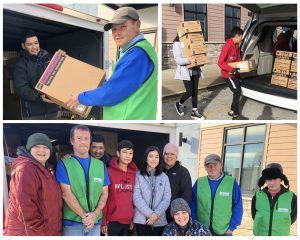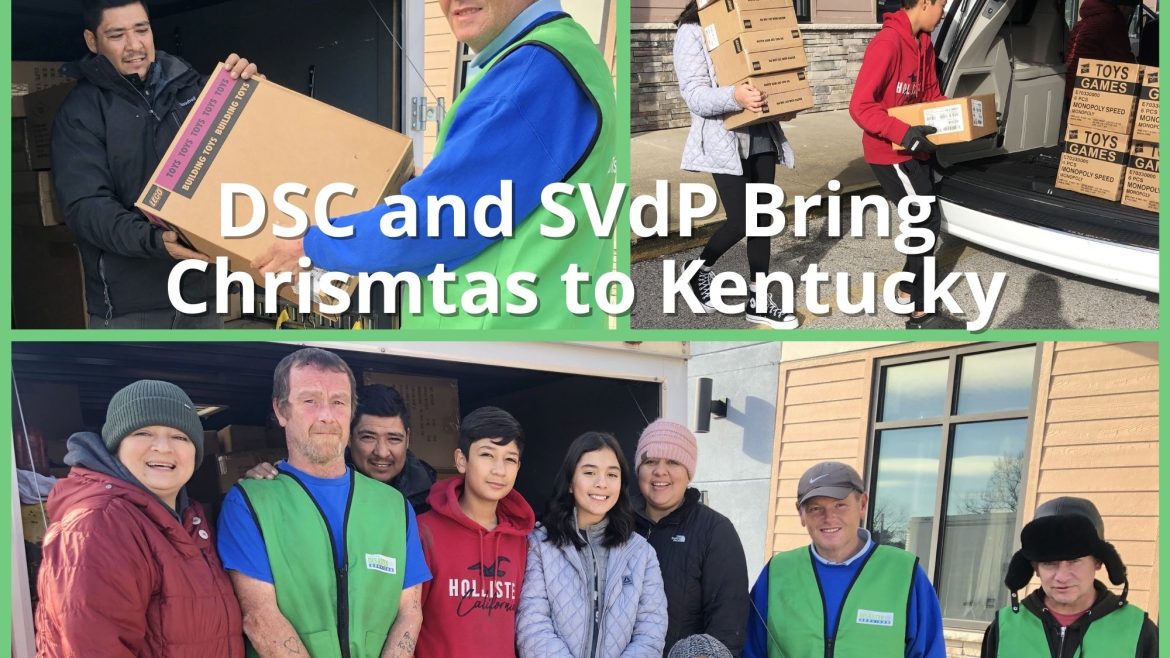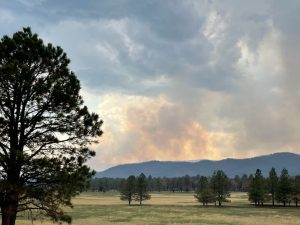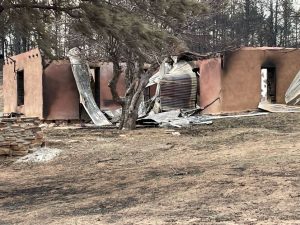The holiday season should be a happy time filled with family, and cheer. It should be a time to celebrate the birth of Christ and our love for each other.
However, the feelings of celebration are being overshadowed by uncertainty for those who are still being affected by the aftermath of devastating tornadoes that touched down in western Kentucky one year ago. For those affected, life still hasn’t returned to normal, and holiday celebrations are still in limbo.
Children look forward to presents under the Christmas tree on Christmas morning. And making sure Santa shows up, can be difficult for families still working on recovering from the damage left by last year’s tornado.
This year, Santa is getting some help from the Society of St. Vincent de Paul – Diocesan Council of Western Kentucky, and SVdPUSA’s Disaster Services Corporation. Through DSC’s partnership with Good360, hundreds of toys were donated to help bring Christmas cheer this holiday season.
“I’ve been having anxiety, waking up at night, about Christmas for these kids who lost everything in the December 2021 tornado,” said Patrick Clary, Warehouse Manager for SVdP’s Western Kentucky Disaster Relief Warehouse. “To be able to provide these toys for those affected families, it means everything to them and to us. Providing these needed toys is one of the greatest joys of my career.”
One single mother expressed her gratitude after receiving gifts for her children, “I’m so grateful, this is just overwhelming. The generosity of people is truly a blessing.”
We feel so blessed that SVdP and DSC were able to be a small part of bringing a little holiday cheer to these families that have lost so much! God Bless!

















